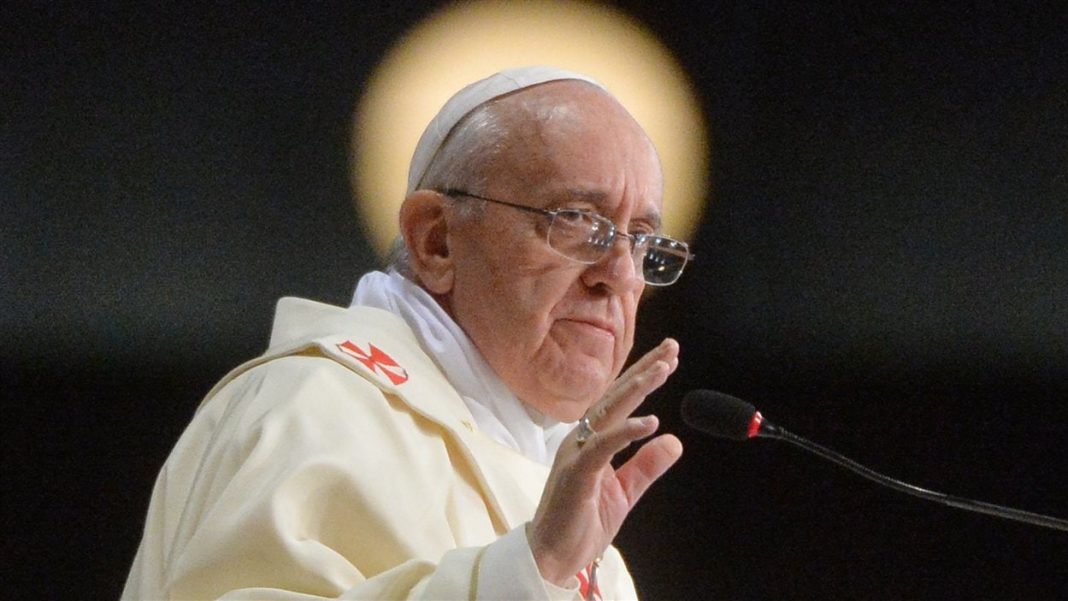At exactly 6:10 p.m. on Thursday, May 8, 2925, white smoke rose into the Roman sky—a centuries-old signal marking the end of the papal conclave and the election of a new pontiff. The Catholic world now holds its breath, awaiting the appearance of the new pope on the central balcony of St. Peter’s Basilica, where the iconic Latin phrase Habemus Papam will soon be proclaimed.
Since Wednesday, the 133 cardinal electors—hailing from 70 countries, including five from France—had been secluded in the Sistine Chapel, beneath Michelangelo’s frescoes, for two days of intense and highly secret deliberations, as dictated by the Church’s time-honored traditions.
French cardinal Dominique Mamberti has been tasked with the solemn announcement of the name of Jorge Mario Bergoglio’s successor. Pope Francis passed away just over two weeks ago. The declaration will be immediately followed by the new pope’s first public appearance, where he will offer his blessing to the faithful gathered in St. Peter’s Square from the central loggia.
A tradition steeped in symbolism
The election of a pope is a momentous occasion for the world’s 1.4 billion Catholics. The conclave is a strict and sacred process: held in absolute secrecy, with no contact with the outside world allowed until a new spiritual leader is chosen.
The white smoke, produced by burning the ballots along with a special chemical mixture, is the Vatican’s visible sign to the world that a decision has been made.
In the coming hours, all eyes will turn to the identity of the new pope—his background, age, and the papal name he chooses to mark the beginning of his pontificate.


